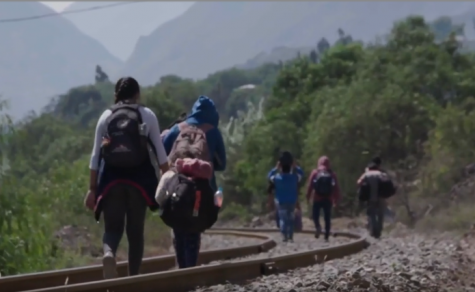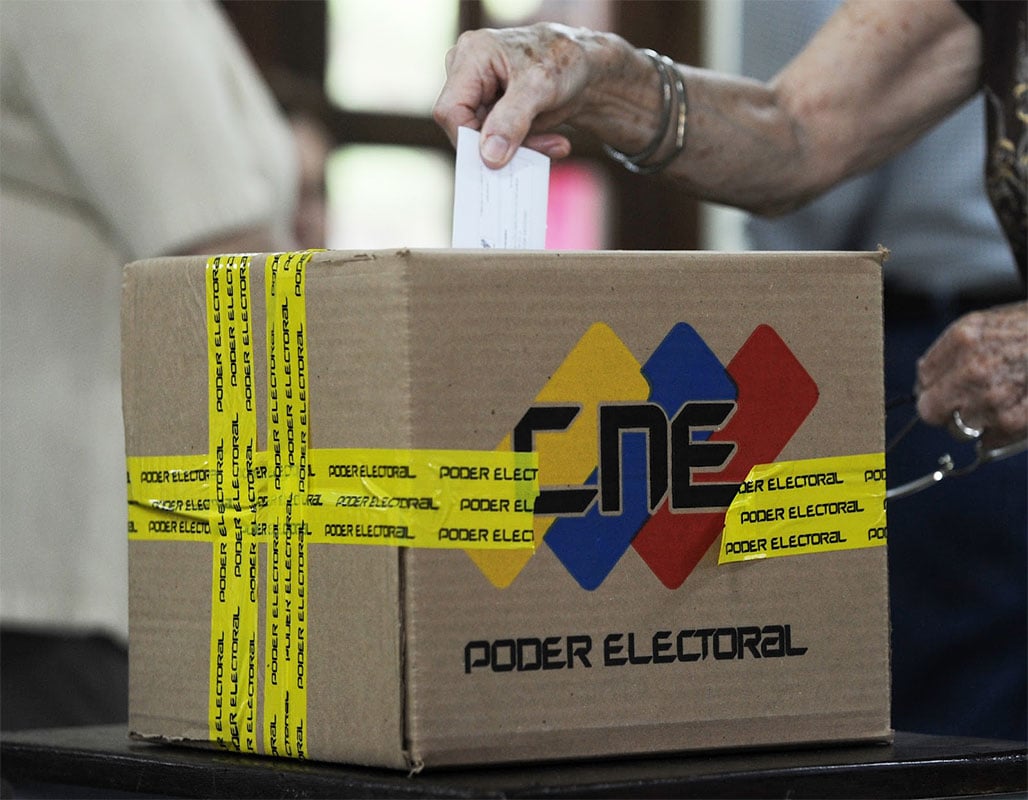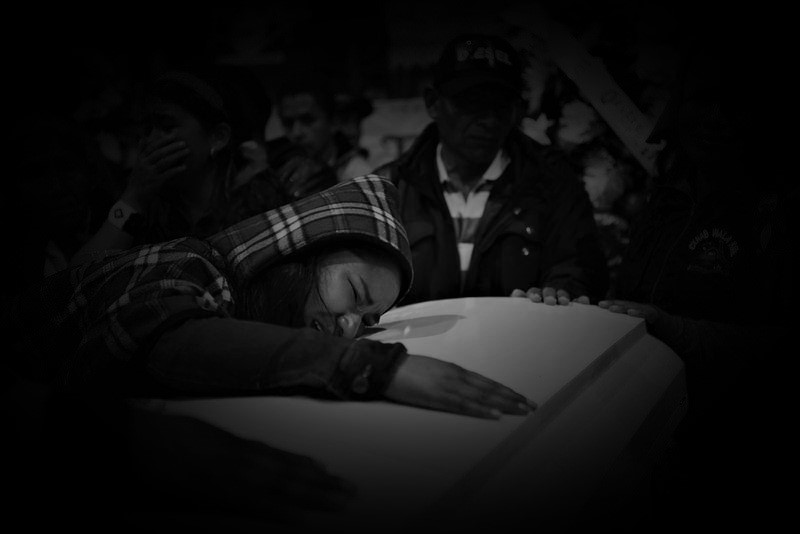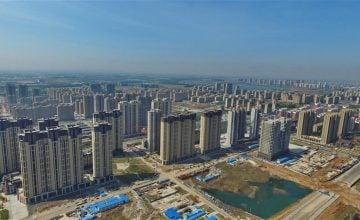The feat of a Peruvian woman who had to walk – along with her three daughters – more than 600 kilometers to be able to return to her home in the Amazon, fleeing the death and hunger caused by COVID-19, shocked the world. .
María Tambo left her home in Chaparnaranja, a remote Amazonian village, to move with her three daughters to the city of Lima. The oldest of them, Amelie, had obtained a scholarship to study at the Scientific University of the South, in the Peruvian capital.
When she arrived in Lima, she rented a room for everyone and got money working in a restaurant. However, her plans vanished when the coronavirus pandemic arrived.
In Peru, where almost 70% of the population works in the ‘underground’ or informal economy, the confinement, at first, caused the disappearance of most of the jobs and, later, that meant that many families ran out of money to pay the rent or food.

This was the case of María, who after almost two months of quarantine, had no money left to pay for the rented room or food, and given the lack of resources to survive, she had no choice but to return home.
Along with Amelie and the other two little ones, Yacira and Melec, she set out on the road back to her village, located more than 600 kilometers away from Lima, in the Amazon region of Ucayali.
But, with public transport closed, the only option they had was to travel on foot, a desperate decision, but that became the only possibility.
“I know the danger I am putting my children in, but I have no choice. Either I die trying to get out of here or I starve in my room», said Tombo, quoted by El Confidencial.
A path full of dangers
Maria narrated her story while she traveled the roads day and night. A trip full of obstacles and dangers that she had to do, carrying on her back her little girl, Melec, and trying to take care of Yacira, just seven years old.
The family was not alone. Several thousands of more Peruvians were on the road, desperate to flee the pandemic and the loss of income.
Apart from the 600 kilometers, which in themselves represented a very hard journey, María and her three daughters had to cross a part of the Andes region, at high altitude, before reaching the Amazon jungle.
In addition to the dangers of the highway, the Tambo family also had to circumvent police checkpoints that try to prevent residents of Lima, the epicenter of the coronavirus, from spreading the virus to rural areas.
María reported that fear invaded her and she had to lie to the authorities in order to continue on her way, since she was willing to do whatever it took to save her daughters.
«You can’t pass through here with children», said the police, and Tambo replied: «I’m only going back to my farm, in Chaparnaranja, where I’ve already been for a week», CNN reported.
Amid the chaos, there were gestures of solidarity: a driver offered them food, a trucker offered to take them between two towns just as they were in the middle of the mountains at more than 4,500 meters above sea level. However, María and her three daughters walked almost the entire route to return home as soon as possible.

«I thought I would die with my daughters»
After seven long days and almost 500 kilometers, María and her daughters arrived to the Ucayali region, where the Ashaninka indigenous people live, a place very close to their destination.
There, they had to overcome a new obstacle, because entry into that territory was prohibited by the coronavirus, so they had to negotiate: they would let them pass if the four of them isolated themselves for 14 days.
Finally, María, Amelie, Yacira and Melec arrived at their town. Shattered, but happy. Kafet, the father of the family, and the grandfather went to receive them, but despite the immense joy that they felt when they saw them arrive safely, they had to keep their distance, since no one could hug because of the COVID-19.
María Tambo acknowledges that the way home «was very difficult, we suffered a lot», and she assured the reporter that she does not want to return to Lima. «I thought I would die there with my daughters», she said.

Hunger and unemployment in Peru
The most regrettable thing about the story of María Tombo and her three daughters is that it is not an isolated case in Peru. Economic activity in the country sank 40.49% inter annual in April, the worst monthly record in history, due to a national quarantine that brought to a halt production and trade.
According to a statement from the state National Institute of Statistics and Informatics (INEI), the Peruvian economy contracted 13.10% in the first four months of the year, while in the last twelve months until April it fell 2.63%.
Regarding unemployment, the INEI specified that the unemployment rate in the March-April-May quarter almost doubled, to 13.1% of the population in working age, compared to the same period last year.
According to the Institute, the employed population, that is, those who had a formal or informal job, fell 47.5% between March and May of this year, the most severe months of the quarantine.
In Lima alone, more than 2.3 million workers have lost their jobs since the state of emergency began so as to stop the wave of COVID-19 infections.
«The quarantine in the Peruvian case has been one of the most severe in the region, because we are facing structural problems such as the informal economy», said Economy Minister María Antonieta Alva.
Food vulnerability is a chronic problem in Peru and the effects of the pandemic only make it even more acute. According to the latest report of the United Nations Development Program (UNDP), published before the arrival of the pandemic, 21.2% of Peruvian households suffer from food vulnerability.
President Martín Vizcarra acknowledged that the country is going through the biggest crisis in its history, and that the «effect on the economy is only comparable to the crisis it had in the War of thePacific (with Chile), more than 100 years ago».
The scenario for Peru is not very encouraging. Health authorities reported that the country exceeded 240,000 cases and 7,500 have died, up to now, from the pandemic. The figures of contagion have outnumbered Italy, which has 238,000.
As of Friday, June 19, Peru is the second country most affected in Latin America by the COVID-19 outbreak, and the seventh globally.













